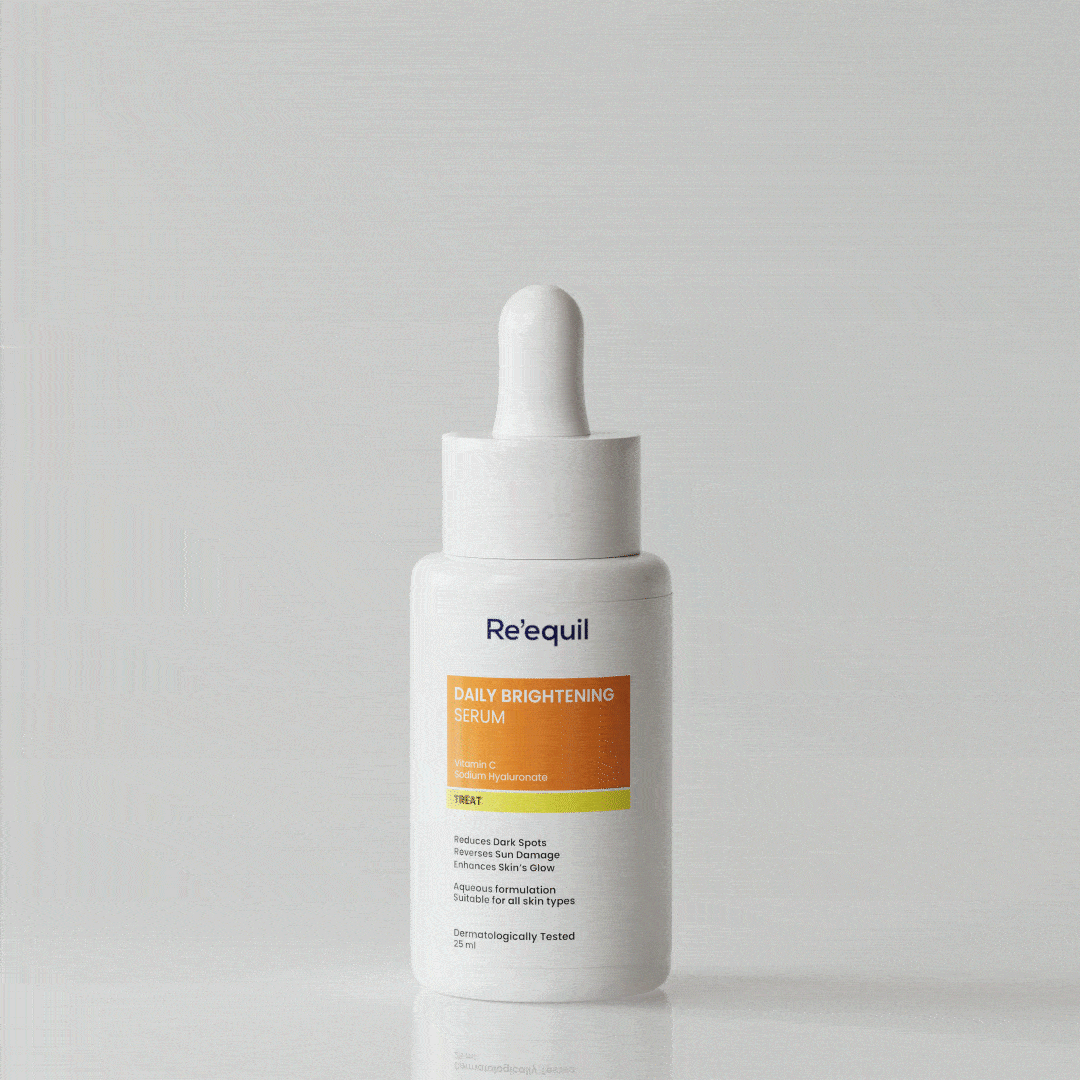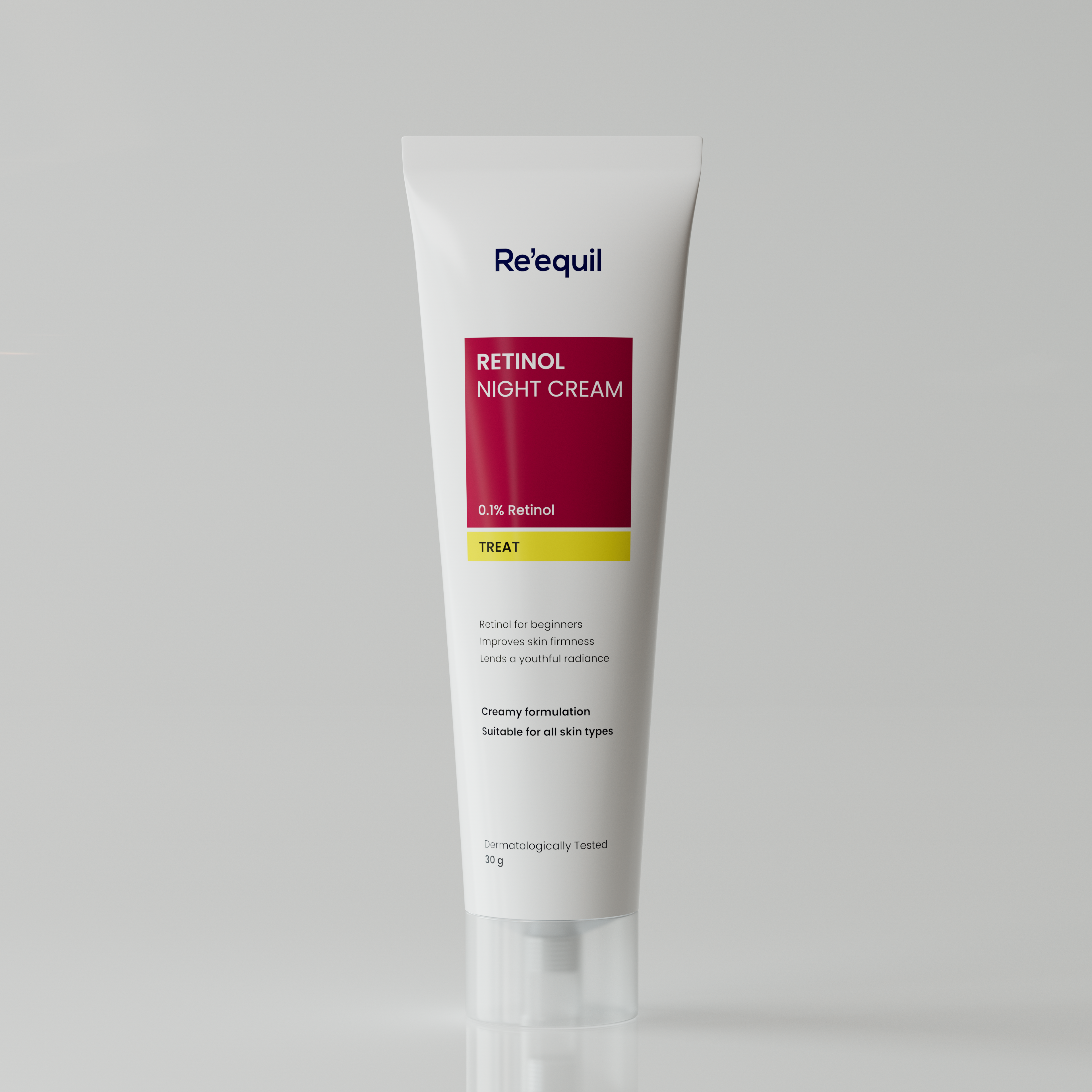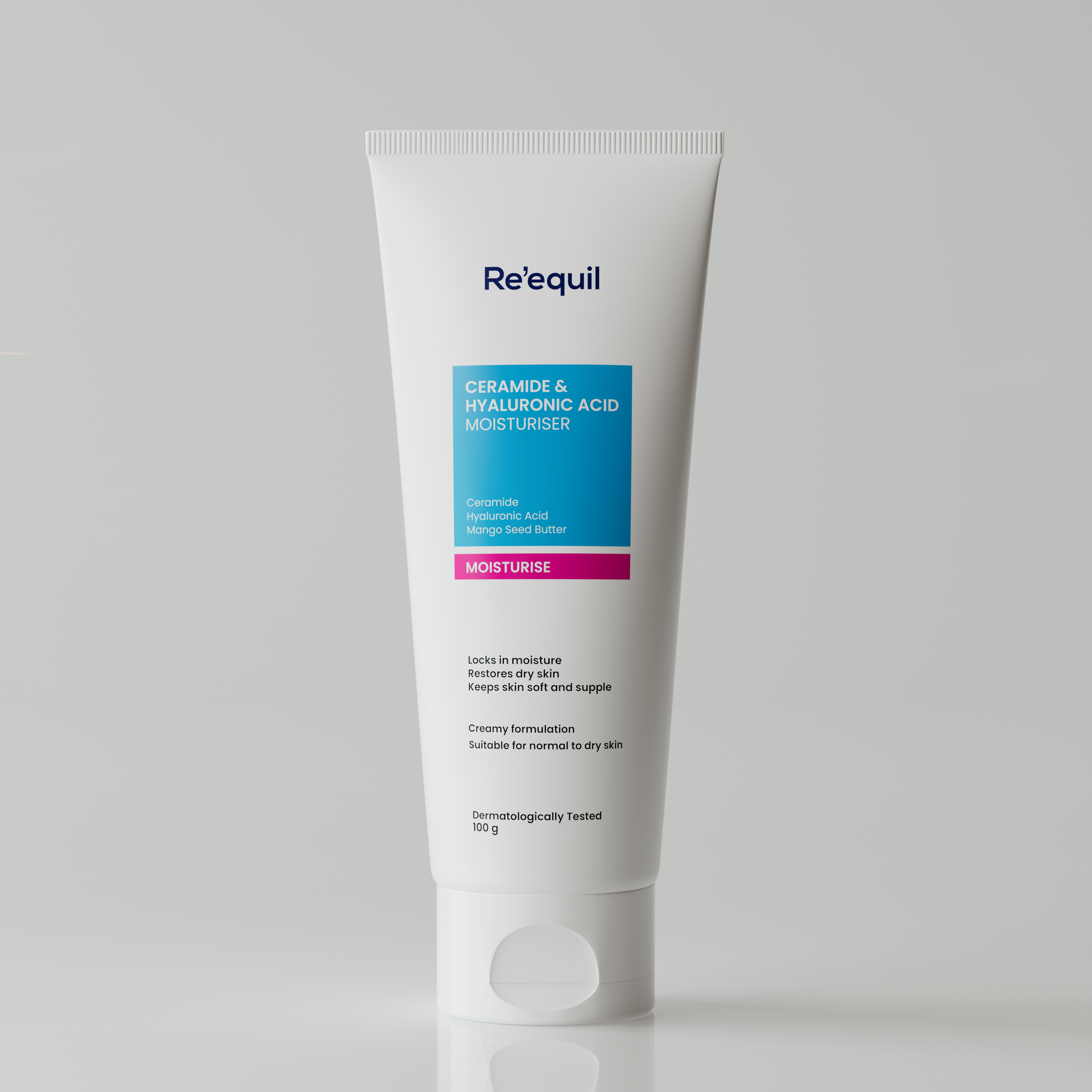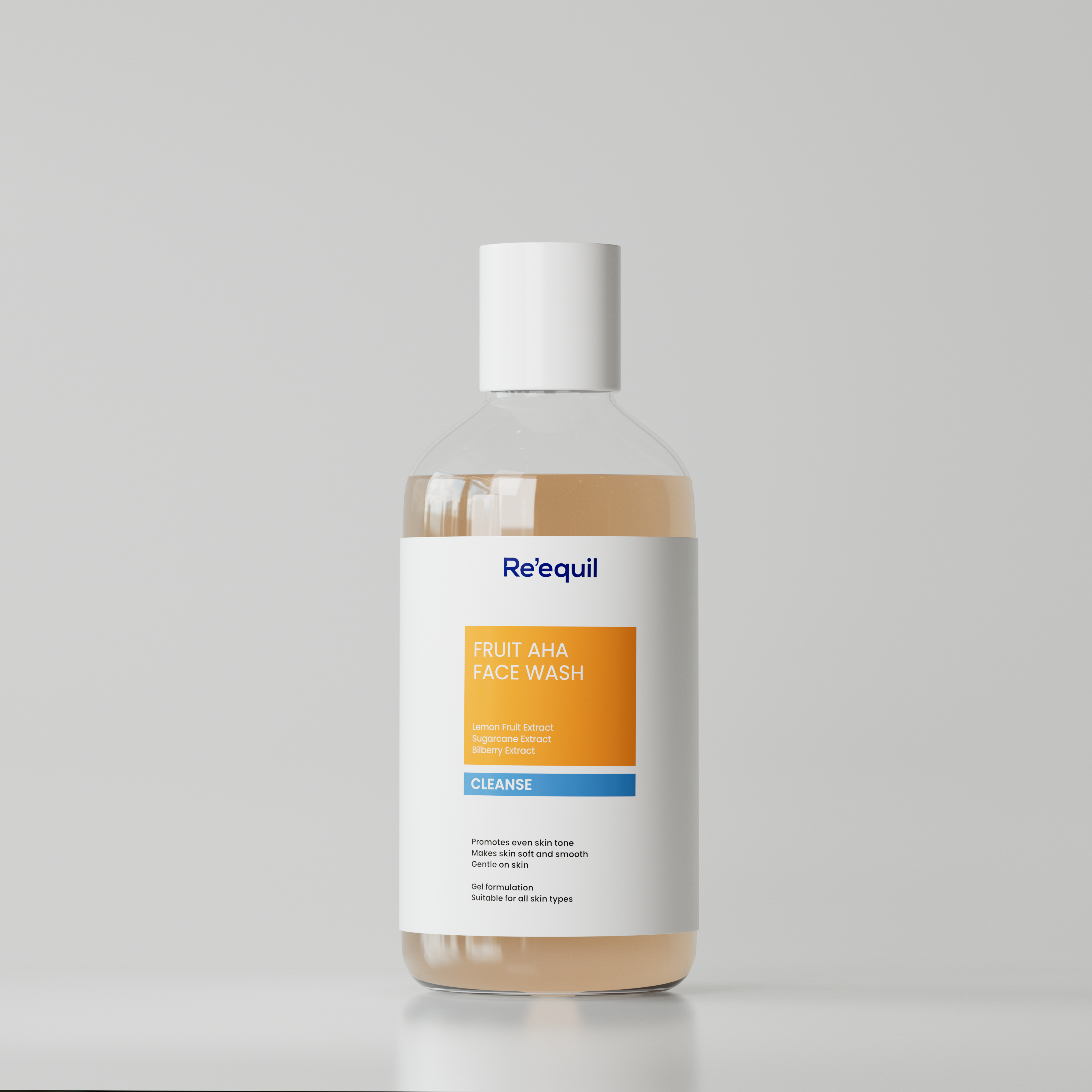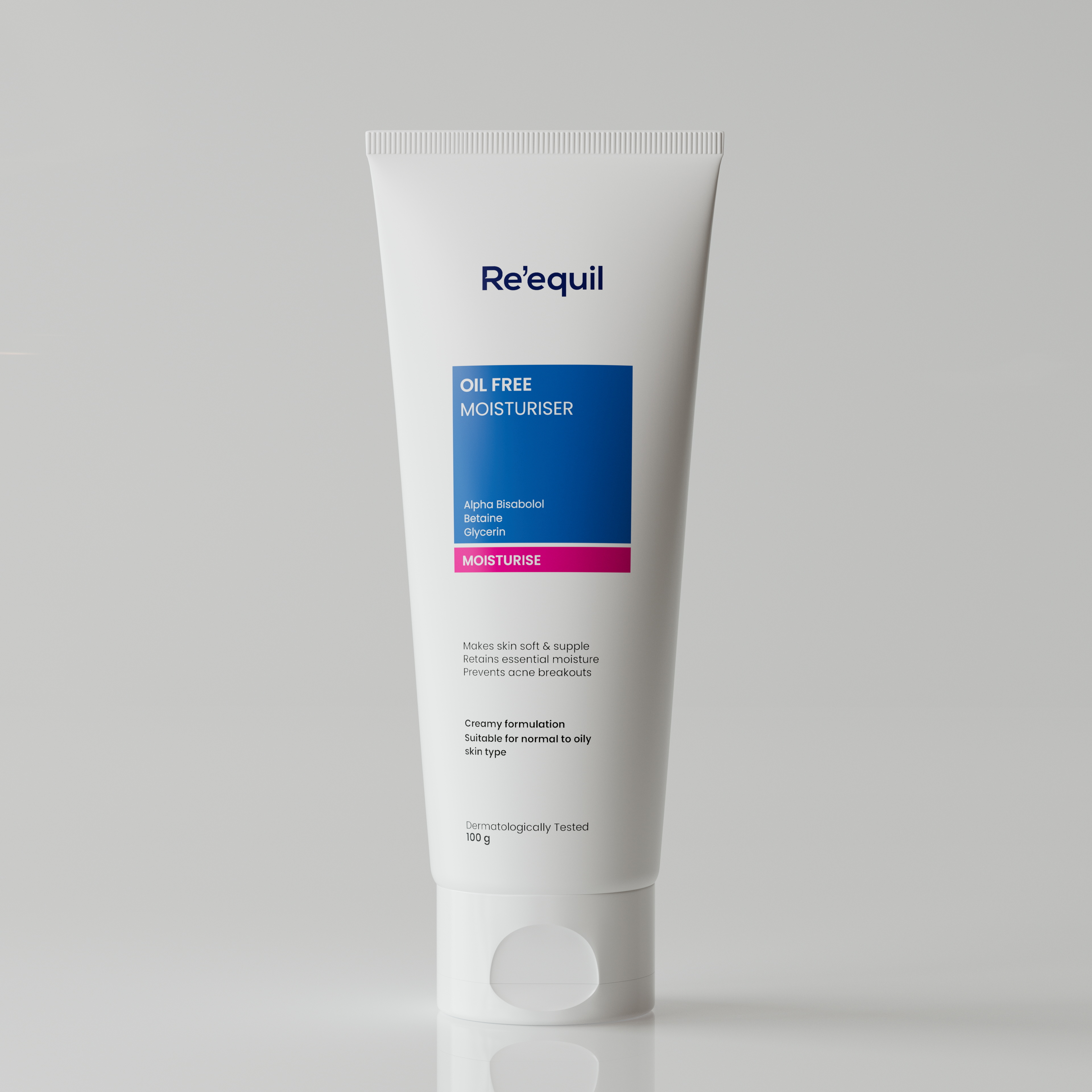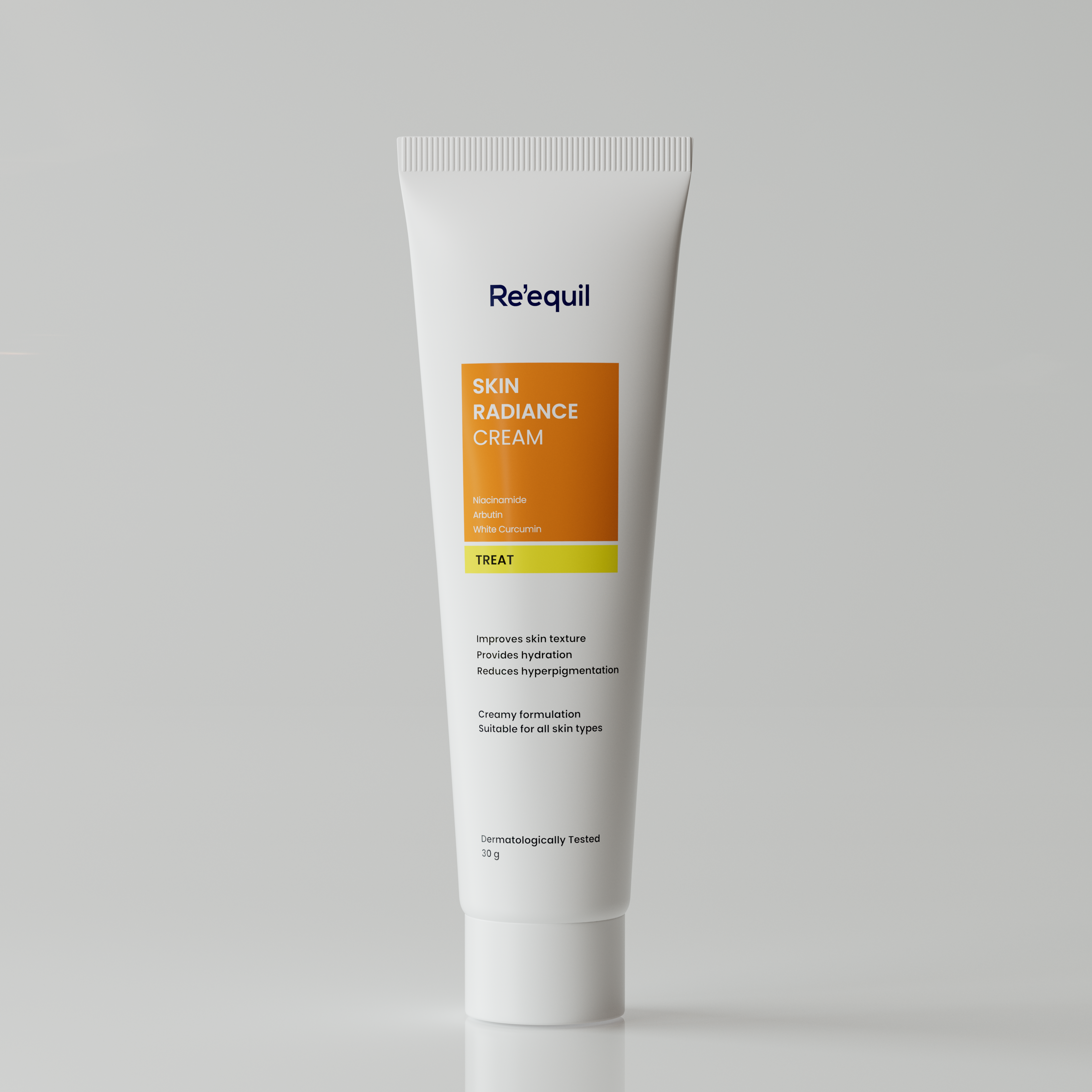Who isn't aware of the benefits of wearing sunscreen every day?
A lightweight, non-greasy sunscreen is everyone's ideal sun protection. While many people search for guides on how to apply sunscreen, few know the tips for removing it properly.
So let’s learn how to remove your sunscreen correctly and keep your skin healthy.
These days, zinc-based tinted sunscreens have become increasingly popular because of their incredible photoprotective potential along with sheer coverage properties.
Zinc-based sunscreens are great for all skin types including acne-prone and sensitive skin types.
The best part about these sunscreens is that they blend easily into your skin and stay intact even on humid days.
However, because of their water-resistant and sweat-resistant properties, zinc-based sunscreens can be tough to wash off.
If you're wondering how to remove zinc sunscreen completely from your face, we have some quick and easy methods for you.
READ - Mineral vs Chemical Sunscreen - The Right One For Your Skin
How to remove zinc sunscreen from skin?
Unlike chemical sunscreens, physical sunscreens or more commonly called mineral sunscreens are a little difficult to get off. Why?
- Physical sunscreen filters like zinc oxide sit on the surface of your skin without penetrating deeper into the skin and reflect the UV rays.
- Since zinc oxide forms a protective barrier on your skin, it does not easily get removed with simple water and face cleanser.
However, regular application of zinc (mineral) sunscreens is a great choice for all skin types, including sensitive and acne-prone skin.
Here are two ways you can easily remove zinc sunscreen -
Skin care experts explain that double cleansing is a good way to remove zinc sunscreen from your face.
This method involves using an oil-based cleanser first, to help dissolve any makeup, sunscreen, and impurities that may be sitting on the surface of your skin.
Use oil based cleanser
Apply an oil-based cleanser on your damp face and massage it in circular motions for at least one minute.
Oil based cleansers give a thorough cleansing by removing dead skin, makeup, dirt and even waterproof makeup.
Use water based cleanser
Next, it is followed by a second water-based and sulphate free cleanser, to give your pores a deep and thorough cleanse.
Choose a face cleanser for acne-prone skin types that has anti-acne ingredients. For dry and normal skin types, AHAs (Alpha hydroxy acid) based face cleansers are considered good.
What to do after removing zinc sunscreen from your face?
Use a hydrating moisturiser
After the face cleansing, the use of a hydrating moisturiser helps to offer the ultimate hydration to the skin along with skin rejuvenation.
Numerous research studies have applauded the benefits of ceramides and hyaluronic acid-based moisturisers to keep your skin soft, supple, and young-looking.
Follow a skincare routine
At the end of the day, a good night skin care routinehelps to make your skin free from debris, dirt, and makeup residues. It also prevents the accumulation of any impurities into the deeper layers of your skin.
Why is a sunscreen containing zinc oxide good for your skin?
A research study published in the Journal of Clinical and Aesthetic Dermatology (JCAD) has demonstrated the efficacy of mineral filters like zinc oxide to reduce the risk of premature ageing of the skin.
Many other research studies have also claimed that zinc-based sunscreens have negligible harm to your skin.
Wrapping up
Shockingly, many sunscreens contain harmful chemicals that can lead to skin allergies, poor skin health, and marine toxicity.
A research study published in the Journal of Cosmetic Dermatology has reported the considerable concentrations of oxybenzone in human and water bodies.
Oxybenzone is a chemical sunscreen filter that is used in the formulation of sunscreens to protect the skin from damaging effects on UV rays.
Dermatologists and skin care experts advise avoiding the use of products containing oxybenzone and phthalates.
You should always consider using sunscreen having SPF 50 or higher on your skin before exposure to sunlight. Spread it over your skin for about 15 to 30 minutes before going outside.
Whether it's your sunscreen or makeup products, it needs to be removed at the end of the day.




